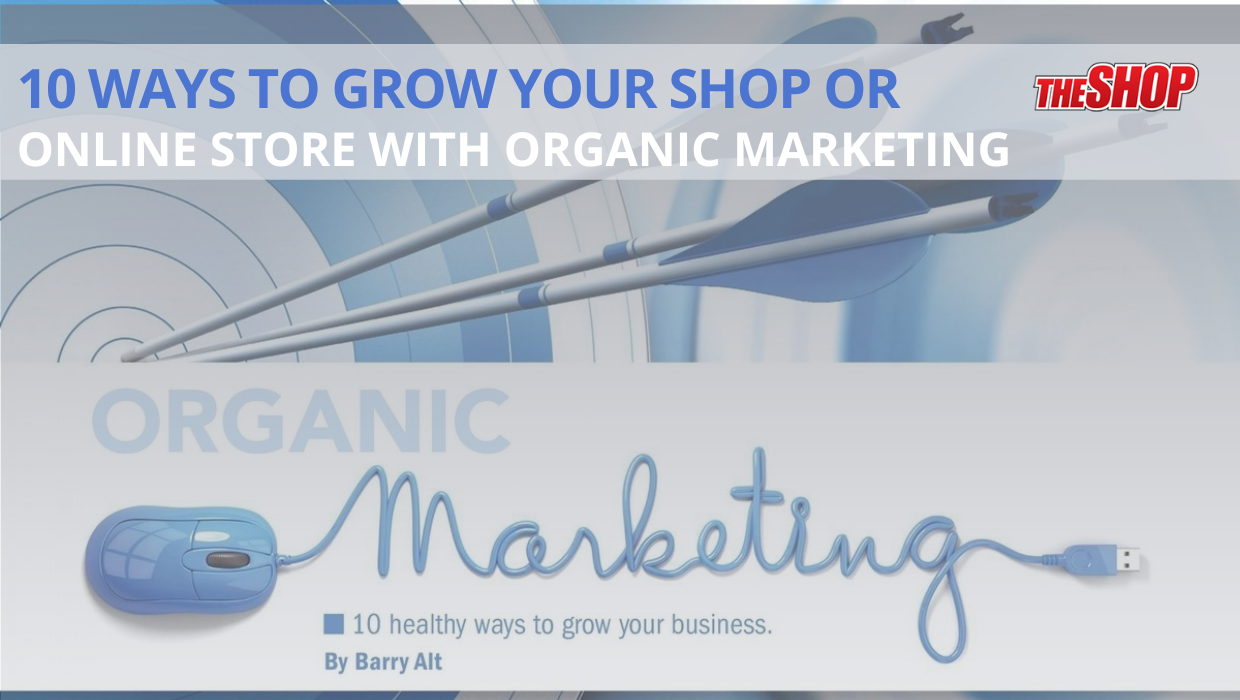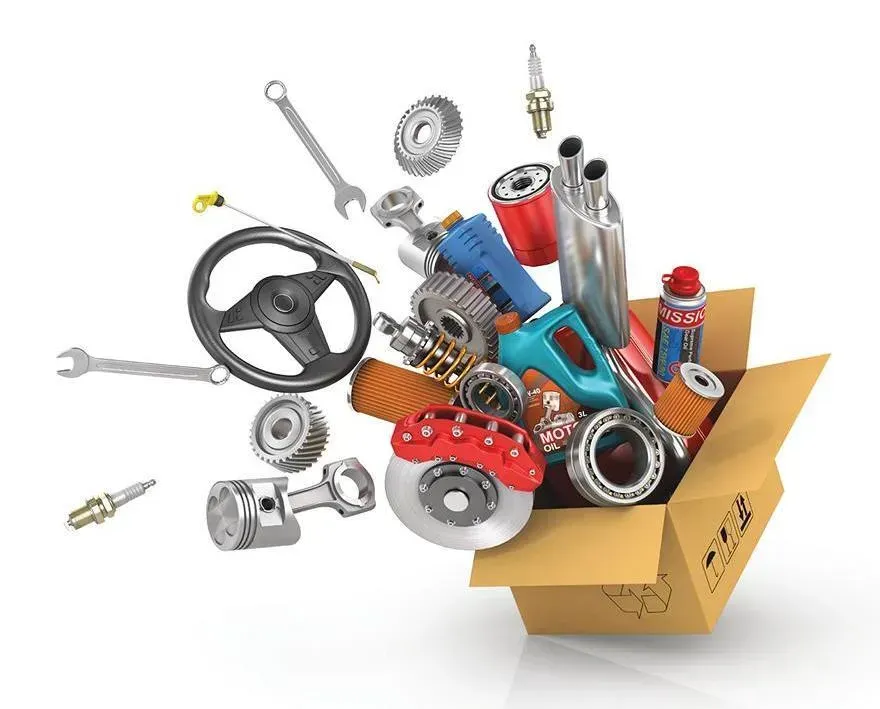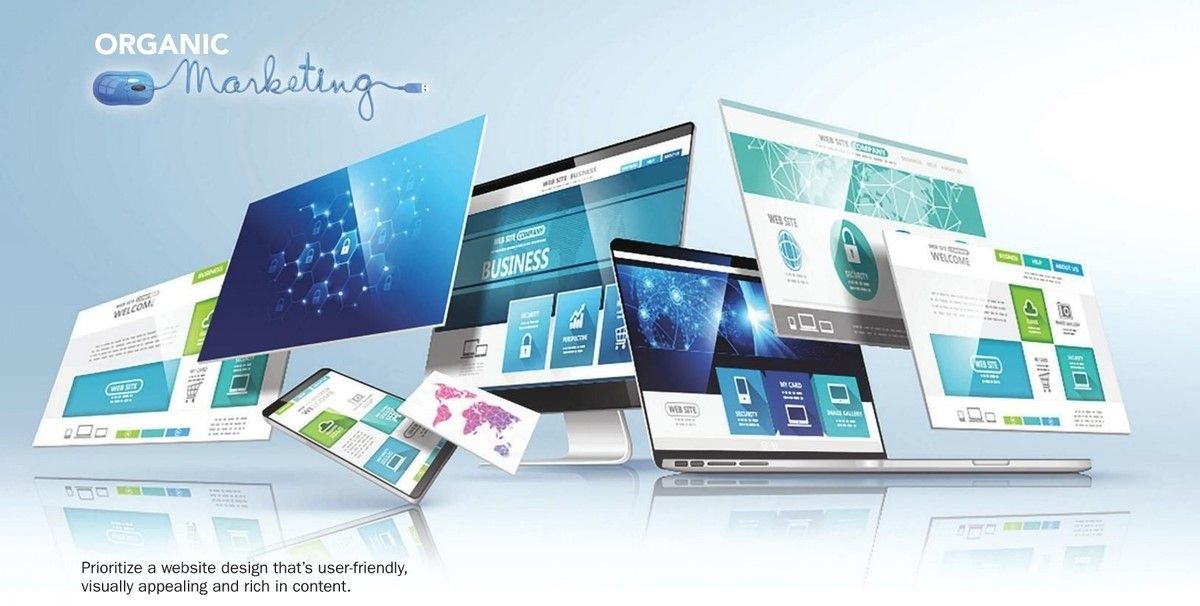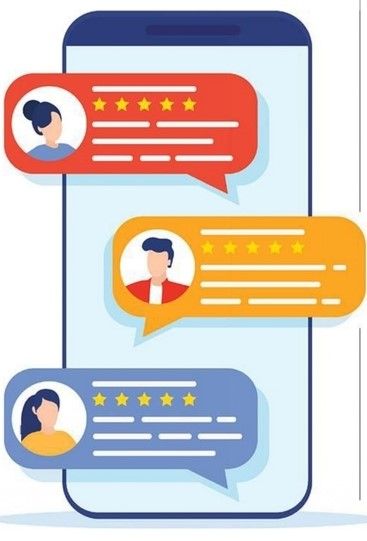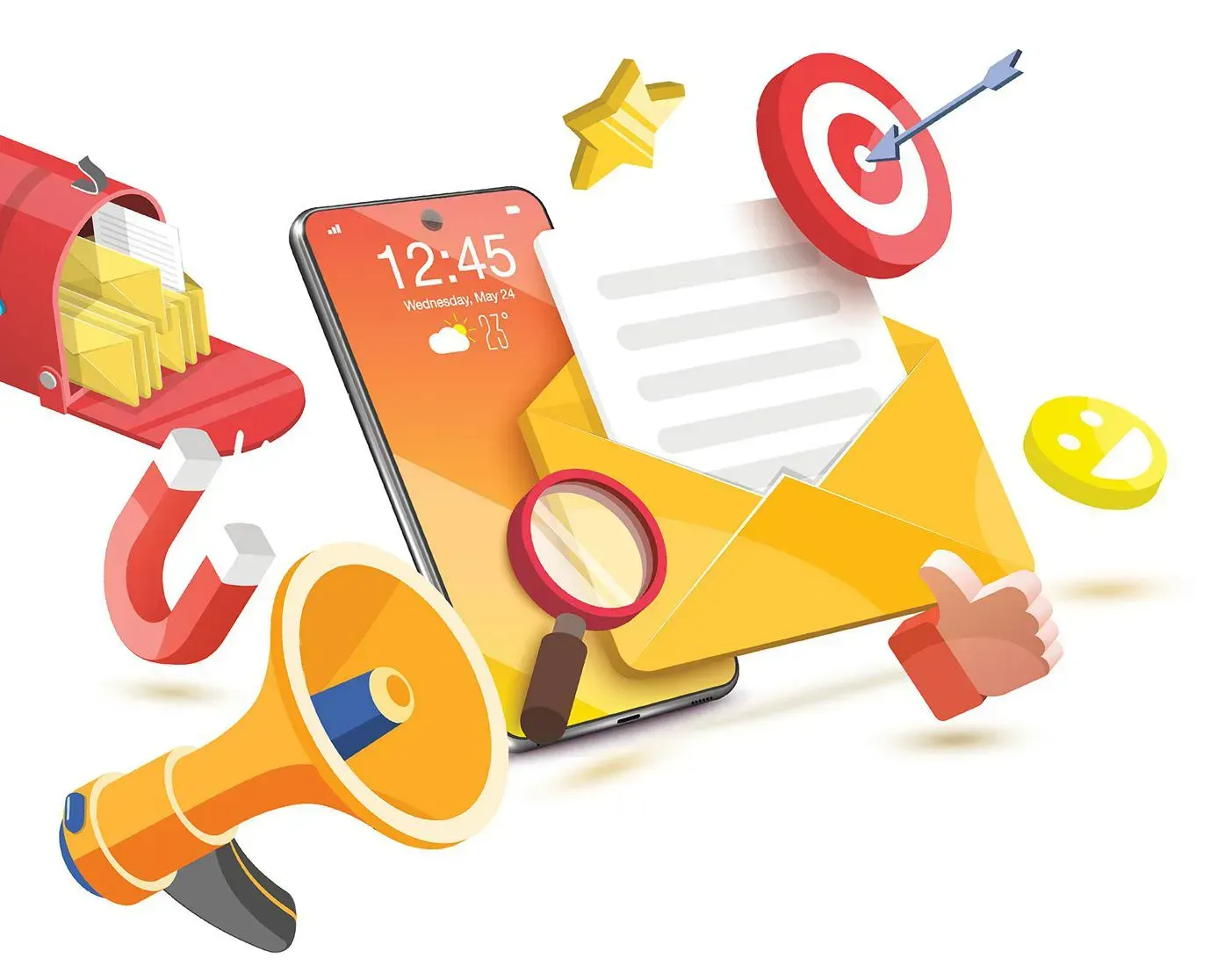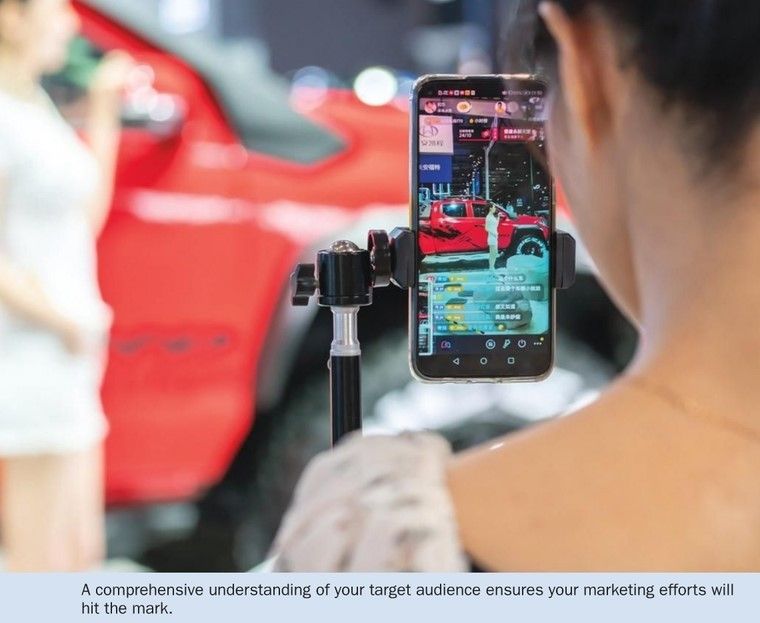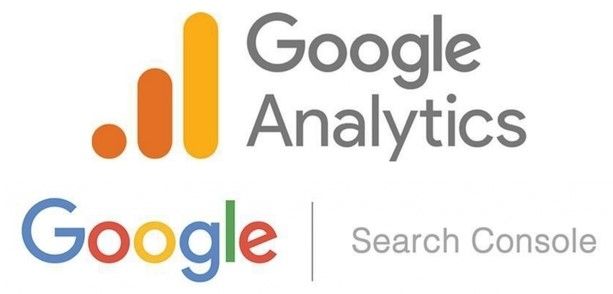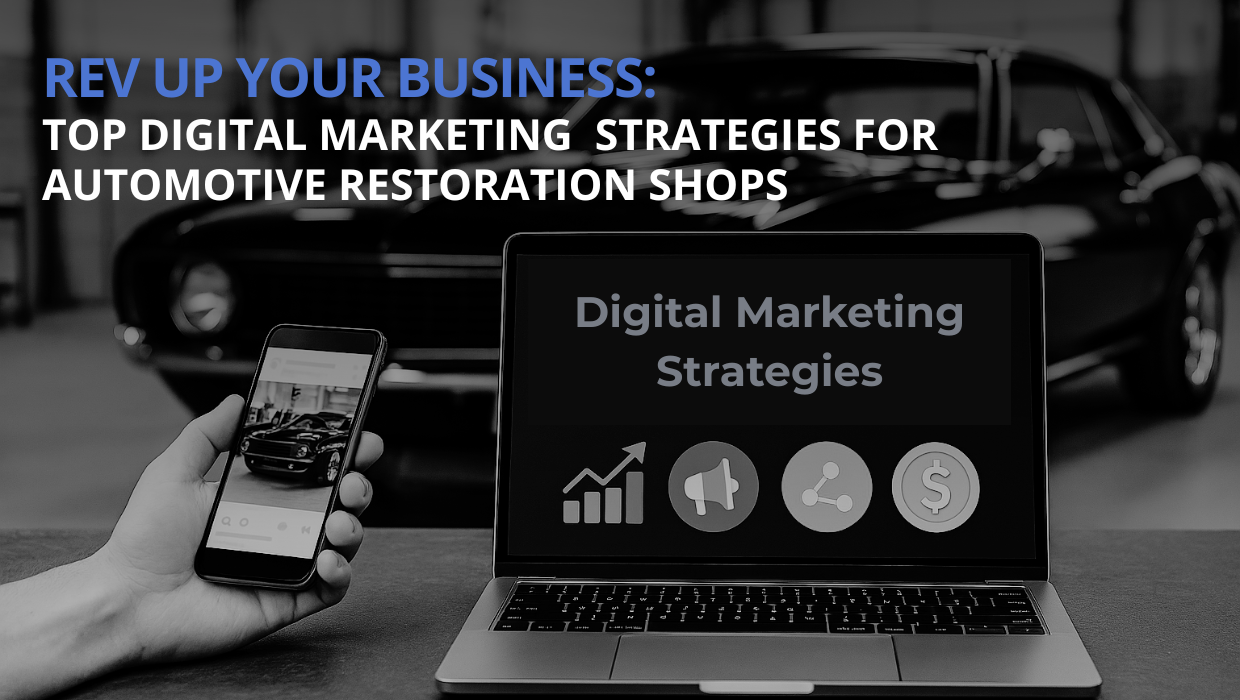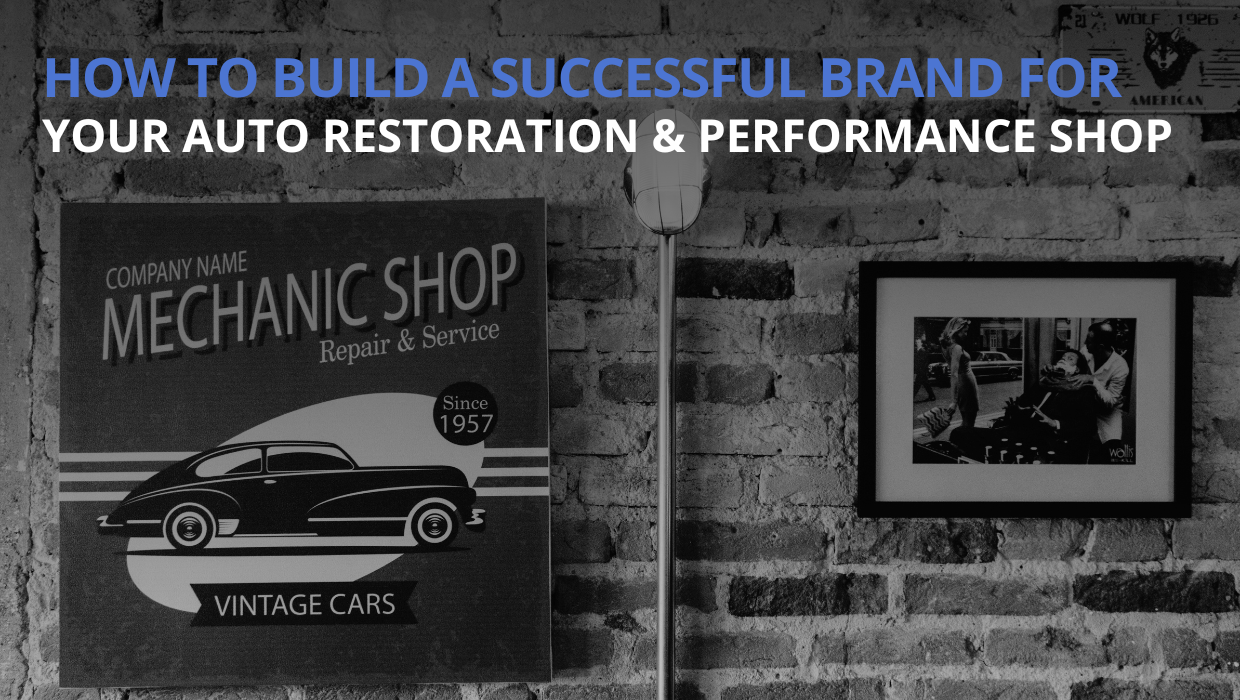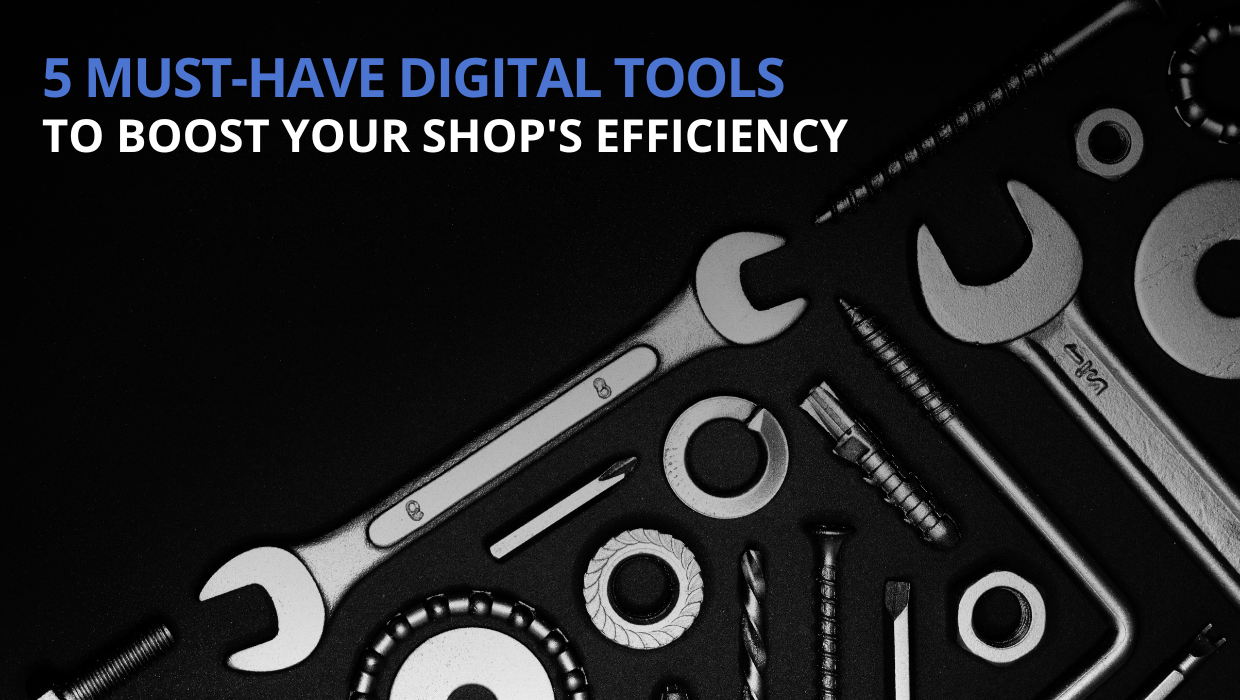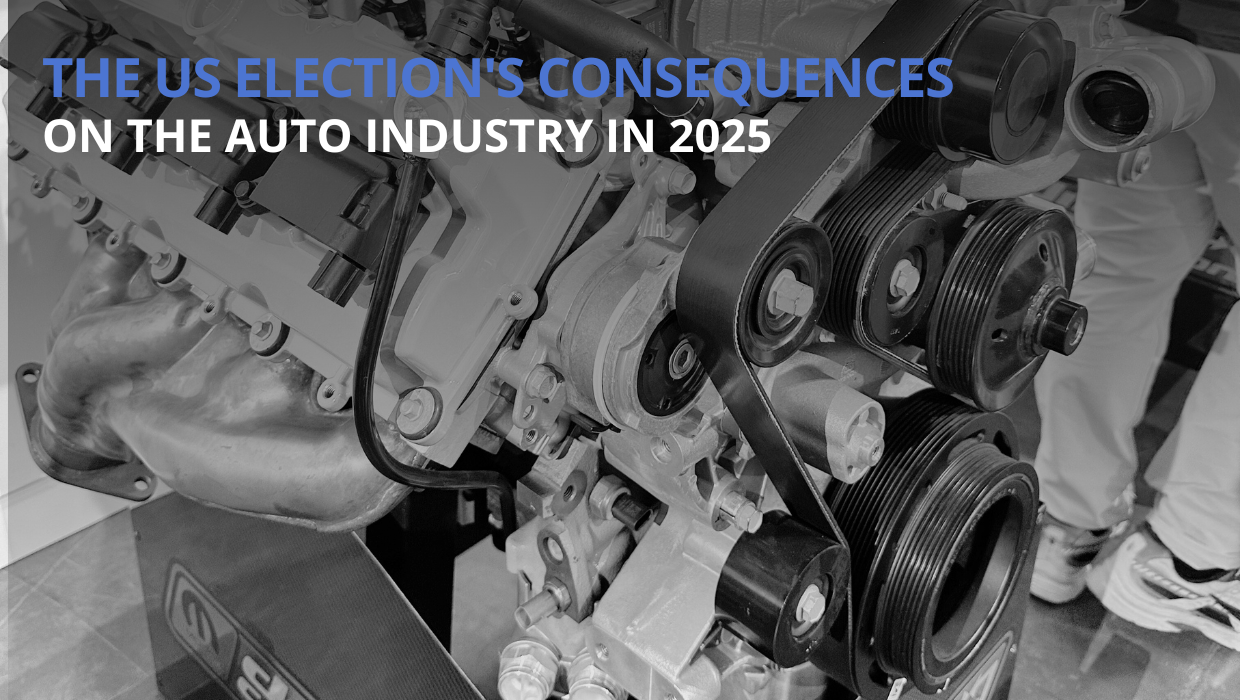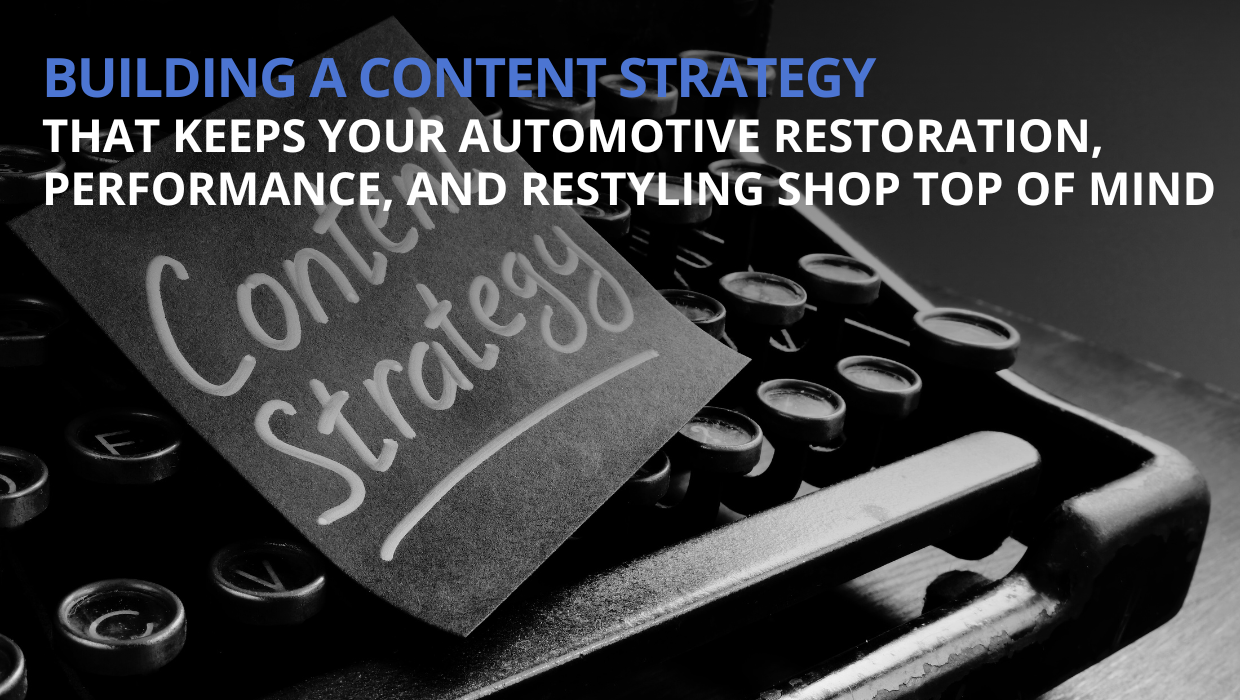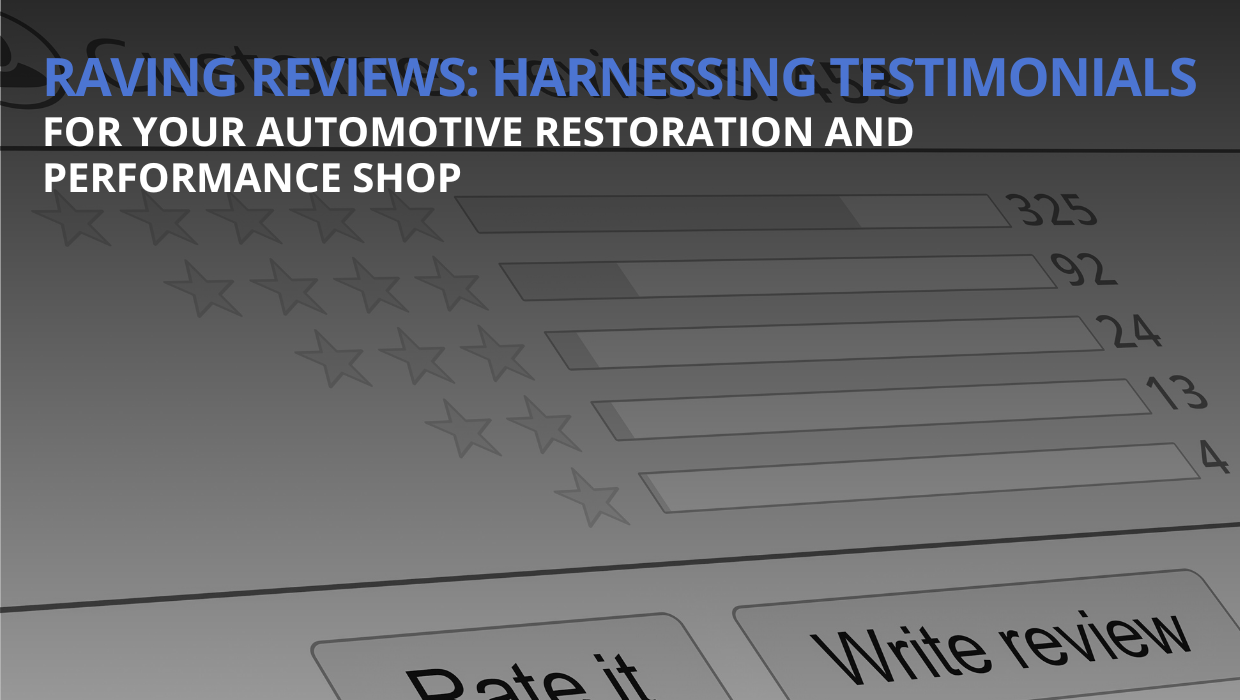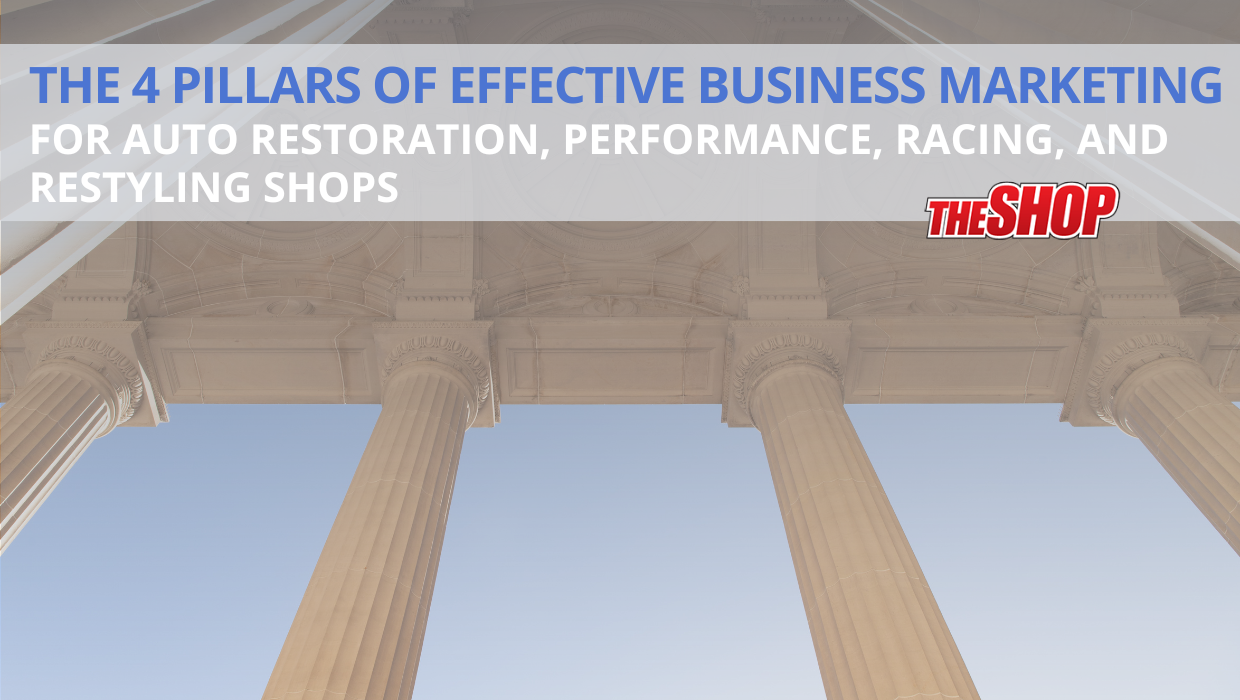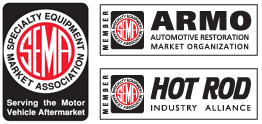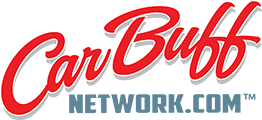Marketing your automotive aftermarket restoration, performance, race and restyling shop goes beyond showcasing your products and services – it's about building connections that fuel growth, customer loyalty, and industry recognition.
Organic marketing, in particular, takes center stage in propelling your automotive aftermarket business to new heights.
Unlike the traditional, pedal-to-the-metal marketing approach, a successful organic marketing strategy follows a smoother route. It generates consistent traffic and nurtures customer engagement over time, all without the costs of paid methods. While we were writing this article, we also learned that a surprising
86% of people ignore paid advertisements.
Here, we'll delve into the world of organic marketing, revealing the top ten ways to leverage organic campaigns for promoting your shop.
Let’s kick things off!
What is organic marketing?
Organic marketing revolves around crafting a strategic approach that continually drives valuable traffic to your business without solely relying on paid methods or no methods at all.
49% of marketers say that organic search has the best ROI.
It's about having real conversations and sharing genuinely helpful content and information. You're not just saying, "buy this" or "choose our business," you're showing why doing so would be a great investment through engaging stories and helpful information.
Rather than relying on immediate paid visibility, an organic marketing strategy focuses on creating a lasting impact, gradually establishing your brand as a trusted authority in your industry, unlike paid advertising that goes away if you stop funding it, organic marketing drives visibility and awareness for the long term.
10 steps of how to use organic marketing for business growth
Here are ten useful ways to leverage the power of organic marketing to boost your shop’s online presence:
1. Define your target audience
When you're in the automotive aftermarket industry and want to attract new customers, it's essential to know exactly who you're trying to reach.
Your ideal customers are those who have a passion for cars and want to enhance their vehicle's appearance, performance, or both.
These could be car enthusiasts who love to personalize their rides, collectors seeking to restore classic cars to their former glory, or individuals looking to boost their vehicle's power and performance.
By grasping their preferences and challenges, you can tailor your marketing strategies to resonate with them effectively.
Pro Tip:
Comprehensive understanding of your target audience ensures your marketing efforts hit the mark, fostering genuine engagement and sustained loyalty.
2. Develop a quality website that converts
3. Prioritize content marketing
Content marketing is a powerful tool for connecting with your audience and is a great tool to help your site show up in search, as Google loves great content that’s informative and helps your clients and prospects.
Here's how to effectively engage your audience through educational or entertaining content:
- Helpful blog posts: Share articles and guides about restoration, tuning, and restyling on your website. Brands with a dedicated blog have a 55% more traffic rate than those that don’t.
- How-to guides: Empower enthusiasts with step-by-step guides for DIY tasks.
- Behind-the-scenes: Showcase transformations and stories of expertise.
- Visual Social Media platforms: Use Instagram and Facebook to write about and share photos of projects that you’re working on in the shop.
- Informative articles: Address common questions and concerns with informative articles.
Pro Tip: By providing valuable insights via organic content, you'll engage with your audience and establish your shop as a reliable expert that they’re looking for. Helping increase your website’s search rank in the process.
4. Focus on search engine optimization (SEO)
By prioritizing search engine optimization, you'll amplify your shop's online presence. Pay attention to these critical aspects:
- Keyword optimization: Sprinkle your website and content with relevant keywords that relate to your business. Use keyword phrases that your clients are using in their searches to boost your rankings in search engines like Google. If Google doesn’t know that you offer products or services, then you will not show up in search when your prospects are searching to find that product and service you offer.
- Local SEO: Implement local SEO strategies to attract local customers in your targeted geographic area. Some examples include claiming and verifying your Google Business Profile listing, creating blog posts, articles, or landing pages that focus on local topics or events, and listing your business in local directories relevant to your industry.
- Don’t forget about social media:
When posting to social media, make sure to include important keyword phrases in your post copy and ALT tags, as social media posts, especially LinkedIn, will show up in search results.
Currently, organic traffic is responsible for 53% of traffic to all websites.
Pro Tip:
Using the right keywords and optimizing for your local area can greatly increase how many people find your shop online. This helps you connect with customers exactly when they're looking for what you offer.
5. Use social media marketing
Social media channels are pivotal in modern marketing strategies, providing businesses with dynamic platforms to connect with their target audience.
Follow these useful tips to get the most out of social media marketing:
- Choose the right platforms:
Pick social media platforms that match your industry and audience.
- Content strategy: Create diverse content that resonates with your audience's interests.
- Consistent posting:
Post regularly to help maintain your online presence.
- Engage and Interact:
Respond promptly to comments, messages, and mentions.
- High-quality visuals: Invest in high-quality visual content like images and videos that align with your brand identity.
- Hashtags and trends: Use relevant hashtags and trends to expand your reach beyond current followers.
- Influencer collaborations: Partner with industry influencers to reach a wider audience and enhance your brand's credibility.
- Optimize your profiles: Make sure that all of your social media channel profiles are aligned with your business and that they all correctly match your brand and messaging
Don’t forget about LinkedIn: If you don’t have a LinkedIn business page and your project and products are targeted at the high-income market, get one started today. Here are some stats that will convince you to get your business on LinkedIn.
- 10 million executives and 37% of US adults use LinkedIn
- Over 50% of LinkedIn users earn $75,000 or more per year.
- 4 out of 5 people on LinkedIn “drive business decisions”
- 45% of content readers on LinkedIn fall under “upper management” in companies
- 40% of marketers surveyed indicate LinkedIn as the most effective channel for driving high-quality leads
Pro Tip:
Make your social media strategy genuine and engaging, crafting a compelling narrative that builds a strong community around your brand.
6. Implement email marketing
Email marketing is a powerful tool that puts you in direct conversation with individuals who are genuinely interested in your products or services.
46% of customers prefer to be contacted by brands via email.
By personalizing your messages, you can communicate effectively and establish long-lasting connections with your subscribers.
With its cost-effective nature, email marketing aligns seamlessly with other marketing strategies, amplifying their impact. According to Demandsage.com,
for every $1 spent on email marketing, email marketing generates $36 in sales.
Integrating it with social media posts, content marketing, and more creates a unified brand presence that reaches your audience across various touchpoints.
Add an email newsletter sign-up form to your website. Even if you’re not yet ready to start email marketing to your clients and prospects, you can start building that list now.
If you’re already using email marketing, don’t forget to review your stats. Look at your open, click, and unsubscribe rates to see what works and what doesn't. Don’t be afraid to adjust your content, subject lines, or the day and time you send emails. Mondays have the highest opening rate at 22%, while Sundays have the lowest with 20.3%.
Pro Tip:
Maximize the impact of your email campaigns by using automated email personalization to deliver the perfect message to the right person at the ideal time.
7. Showcase customer reviews and testimonials
Harness the impact of customer reviews and testimonials to elevate your auto aftermarket shop or online store.
These authentic endorsements create a compelling narrative of customer satisfaction that resonates deeply with your current patrons and potential automotive enthusiasts.
These testimonials serve as powerful endorsements, turning content customers into advocates. They offer tangible proof of your shop's ability to deliver quality services and products while fostering trust within the automotive community.
Pro Tip: Visual testimonials provide a dynamic and relatable way to showcase customer satisfaction. By sharing images or videos of real customers with their enhanced vehicles, you create a stronger emotional connection with your audience.
8. Collaborate and network
Broaden your horizons by establishing collaborations and networking within the auto aftermarket industry.
- Strategic partnerships: Team up with related businesses for mutual growth.
- Sponsor grass roots race teams or events: Sponsoring a team or event is a great way to gain visibility for your brand and business.
- Industry events:
Attend or display your products and work at trade shows like the SEMA Show, Goodguys shows, and NSRA events and gatherings to connect with potential clients.
- Networking: Build relationships, gain insights, and share expertise.
- Volunteer: Volunteering with SEMA and other organizations is a great way to meet like-minded business owners and gain new connections and clients.
- Online and local: Engage in online communities and local events.
- Thought leadership: Showcase your expertise to enhance credibility and attract clients.
Pro Tip:
Exploring collaborations beyond your industry can open new avenues for growth. Consider partnering with businesses that align with your values and offer complementary services, allowing you to tap into fresh markets and expand your reach.
9. Influencer relationships
10. Monitor your progress because the data matters
It's important to stay in the loop about the effectiveness of your organic marketing efforts.
Take advantage of tools that help you keep tabs on essential details, like how many people are checking out your website, how people are reacting on social media, and how your email campaigns are performing.
Make sure you have these key tools setup and monitored:
- Google Analytics
- Google Search Console
- Social media insights
- Other stats available to you.
Pro Tip:
Regularly tracking progress lets you identify what's working and what needs tweaking. By analyzing the gathered data, you gain insights that guide your actions and enable you to fine-tune your approach for better results.
Key takeaway
In the competitive automotive aftermarket industry, effective marketing is your foundation for success. It's not just about showcasing products; it's about building connections that fuel growth, loyalty, and industry recognition.
Organic marketing takes center stage in propelling your business to new heights by impressing new and existing customers. Unlike traditional marketing methods, it offers a smoother, cost-effective route that nurtures ongoing traffic and customer engagement.
Each step plays a vital role in your journey, from understanding your audience and creating an engaging website to employing content marketing, SEO, and social media strategies.
Statistic Sources:
Statista, Hubspot, Google, Demandsage, Neil Patel and Semrush
Searching for an organic marketing solution to promote your automotive restoration, performance, race, or restyling shop? the team at Motorhead Digital would love to assist you.

